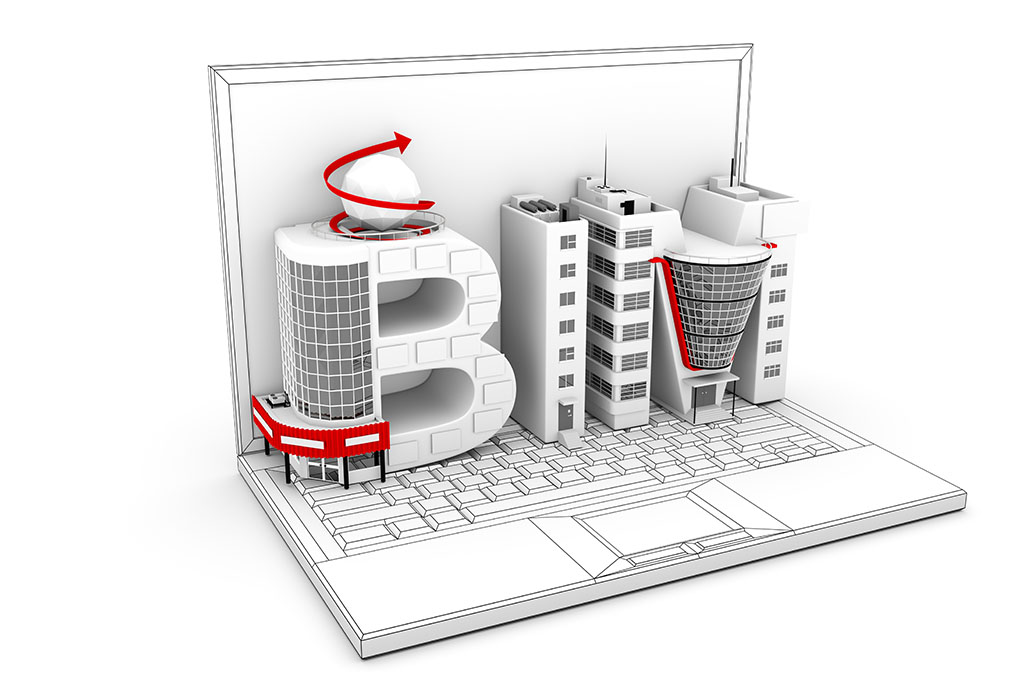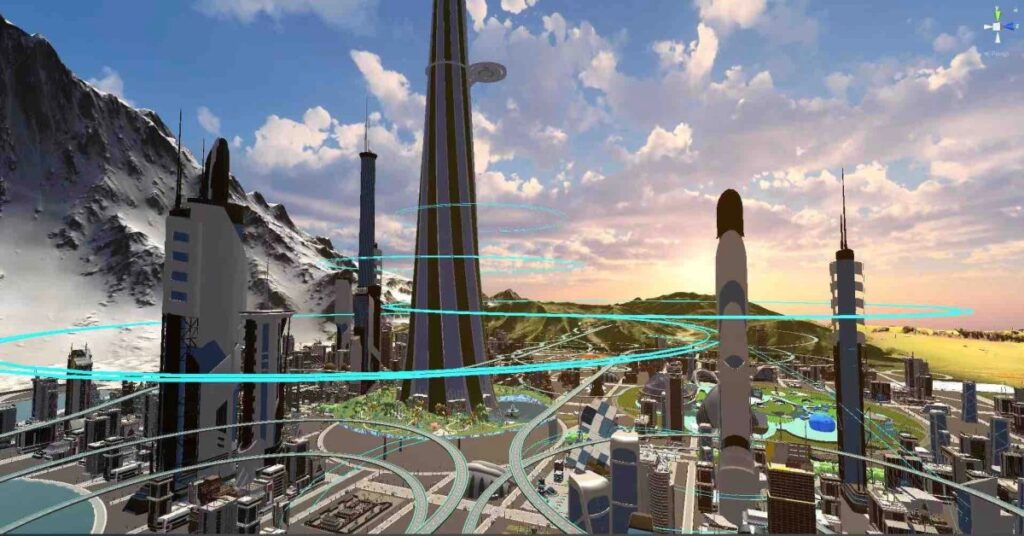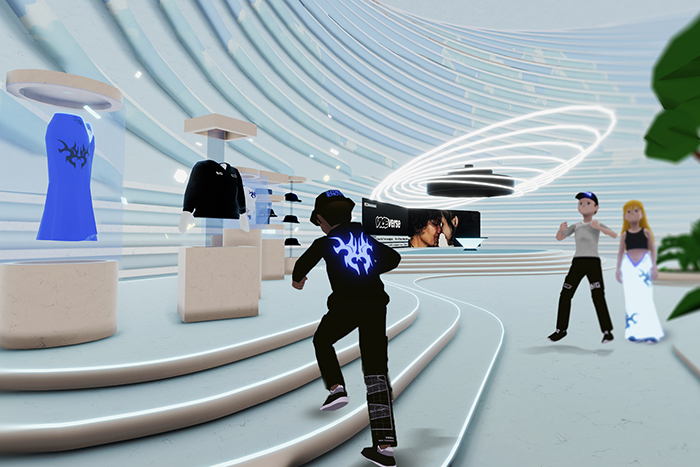The future of architecture
Architecture has always been a mirror of the historical stages in which human beings have developed. Its function has been to protect and safeguard society, and technological evolution has been reflected in buildings and constructions, originating in what is known as architectural trends, which have changed with the passing of time.
Architecture also became an artistic manifestation, through its architectural designs, which is why this discipline goes hand in hand with technological advances in favor of society. Every day poses new challenges and challenges, to which it must respond with viable solutions.
Thus, it can be affirmed that the architecture of the future must favor the development of society and at the same time help it to continue developing. Therefore, some academics agree that the work of the architect in the future must be reconsidered because it is uncertain and there is the possibility of other pandemics and diseases that could spread rapidly. Hence, it is necessary to rethink a new lifestyle.
People today have realized that human beings have destroyed much of the environment and life itself, so in the future, (not so distant) architecture should maintain a close relationship with nature and even stop the deterioration of the ecology with solutions inspired by sustainable architecture, and in some places are already implementing sustainable solutions that are friendly to nature and human beings.
Within sustainable construction, materials and technologies are a mix of ancestral techniques and industrial methods, since the energy and environmental efficiency of existing buildings and houses must be increased, solar panels must be installed, and energy-efficient lighting and appliances must be installed.
Urban centers should also be self-sufficient and have everything needed for their inhabitants to live fully, such as stores, parks, recreational areas, sports facilities, health centers, and roads for cycling or walking, thus reducing long commutes.
Today more than ever, sustainability, quality vision, and energy efficiency are shaping construction, and the future of construction.
By Ingrid Luna





